If you’re thinking of using influencer marketing to promote your brand or business, you’ll need a clear influencer strategy that will help you create the guidelines for your marketing campaign.
If you set up an effective strategy, your influencer partners will know exactly what you expect from them. Your marketing team will be able to easily monitor the progress of your campaign and work to achieve your vision for the program. Having such a strategy will also set the benchmark for all your future influencer campaigns, as you can track results and make improvements going forward.
Basically, your influencer strategy is your handbook for the campaign. If you create it effectively and communicate it clearly, you can find out whether this strategy works for your brand or business.

Six Steps To Create An Influencer Strategy For Your Brand’s Marketing
1. Decide on your goals and KPIs
As with most business projects or brand campaigns, a great place to start is by defining exactly what you want to get out of it. What are your aims, and what do you hope to achieve? What impact would you like the influencer campaign to have on your business?
Your goal may be to increase one of the following by 5% in the next month:
- Increase brand awareness and/or reach
- Generate leads or new customers
- Boost conversions and sales
- Improve customer loyalty and engagement
- Increase the number of links directing people to your website or digital platforms (link building)
- Enhance social media engagement (likes, shares, comments, etc.)
- Build brand recall, trust in your brand, and an understanding of your brand’s vision and identity
You could pick one or more of these goals to guide your campaign.

Hand-in-hand with your goals is the selection of suitable key performance indicators (KPIs). These indicators or metrics will help you track the progress of your campaign in achieving your goals. For example, if your overall goal is to increase brand awareness, you could have the following as KPIs:
- Add 100 followers to one or more social media accounts
- Earn 10,000 views or impressions (10 CPMs) per post or account
- Add 500 click-throughs (CTR) to your website or app
These KPIs point to changes in the number of people impacted, reached, or interacting with your social media account or website. And that typically contributes to a larger strategy or goal.
For example, let’s say a brand’s budget for an influencer campaign is $1,000 USD. For that amount, let’s say it is talking to an influencer who can generate 20,000 impressions (20 CPMs). Maybe this brand typically sees 1% of all its impressions leading to a click and knows it can convert 2% of website visits to a sale. So while it could typically generate four sales from 20 CPMs without the influencer, it hopes the influencer can convert at a higher click-through rate (CTR) to its website, therefore generating more sales.
2. Choose a suitable campaign type
To best choose a suitable campaign type, you must first consider what platforms, assets, and programs you already have setup versus ones you will need to invest in setting up. Do you want to grow on a particular platform or channel? Or start on a new one?
Here are some of the different types of campaigns you can run:
- Guest posts
- Affiliate programs
- Mentions
- Co-creation or collabs
- Competitions/giveaways
- Social media takeovers
- Discount code programs
- Brand ambassadorships
Choose ones that leverage your current team and areas you can best support an influencer to achieve your goals.
Which campaign type you choose will also guide other factors like payment arrangements. For example, if you run an affiliate program, the influencer’s payment may be a percentage of the sales they bring to your business.
3. Design your influencer program

Once you’ve defined your goals and campaign type, you can now design your influencer strategy in a way that helps you attain those goals. Influencer marketing is a very hands-on marketing approach, so you’ll have to create a strategy that eases the management of your program.
Your strategy should clearly define your expectations of your influencer partner as well as what they can expect from you. Your expectations can include how often you want them to post, specific content and tags you want to be published, calls to action, KPIs, and more. These are like a campaign brief that directs the influencer on what their end of the deal looks like, including any content they may have to create.
You can then include all the support and things they can expect from you. Detail clearly what you will provide them. For example, state if you will provide any tools or special equipment, brand approved content, staff help, key contacts, check-in meetings, etc. Also, detail how they will get paid and any incentives.
Remember, influencer programs work like a relationship. You need to maintain and nurture them, and your strategy helps you do just that.

4. Understand your industry’s landscape
You can’t choose influencers to work with unless you understand what your industry looks like. You’ll need to research your industry’s landscape. Often, you’ll find that different types of influencers in the same industry can help you reach different audiences.
Let’s look at a literature podcast looking to work with influencers to promote their brand. They may find that there are influencers who function as thought leaders in the literature space. This includes bloggers, reviewers, and analysts. Bookstagrammers form another corner of the market. Journalists and traditional media professionals, celebrity writers, and customers are other influencers to consider.
At the core of this step is understanding where your target audience lies in the influencer landscape. Which segments do they follow closely? Who are the top influencers? Which influencers would help you reach the audience you desire?
In addition to the type of influencers and your audience’s place in the influencer landscape, you’ll also have to look at current rate trends among influencers. Find out how much different influencers charge for their services. Learn the average fees for the KPI numbers you are considering and use this to guide your budget and payment structures.
5. Reach out to potential candidates
Now, it’s time to create an influencer shortlist and choose the right partners for your campaign. Consider these factors in your choice:

- The influencer type
- The audience you want to reach
- Your budget
- Your goals
- The type of content each influencer posts
- Topics covered by the influencer
- Previous work with similar brands
To find influencers that meet all these factors for you, you can use different tools like Alexa’s Overlap Tool, Competitor Backlink Checker, and BuzzSumo.
Once you’ve got your picks, you can reach out and ask for their influencer media kit. Check their profile for contact info they have for any business inquiries. If they don’t have any contact, you can DM them instead.
You can also create a proposal brief that you use to engage them and get them interested. Sticking to our podcast example from earlier, you can include a Wavve Link in your brief where they can find your episodes and other social media info easily. You can also create a trailer to give them a sense of your podcast.
6. Track influencer strategy results
It’s not over once the strategy is done! You’ll have to keep tracking your progress, monitoring your KPIs, and making improvements where necessary. This is especially important for your first few campaigns.
Final Thoughts
Getting your influencer strategy right is about more than just finding an influencer who has a large following. Influencer marketing takes a lot of planning, research, organization, and consistent management. Creating an influencer strategy makes all this work much easier and clear for yourself and your team. You also ensure that everyone involved knows exactly where they stand. That way, you can get the very best from your campaign.
I’m the CEO of Wavve. I love encouraging creators and entrepreneurs to share their stories and lead with purpose.

